Sontronics Sigma 2 Bedienungsanleitung
Sontronics
Mikrofon
Sigma 2
Lies die bedienungsanleitung für Sontronics Sigma 2 (1 Seiten) kostenlos online; sie gehört zur Kategorie Mikrofon. Dieses Handbuch wurde von 20 Personen als hilfreich bewertet und erhielt im Schnitt 5.0 Sterne aus 10.5 Bewertungen. Hast du eine Frage zu Sontronics Sigma 2 oder möchtest du andere Nutzer dieses Produkts befragen? Stelle eine Frage
Seite 1/1

SIGMA USER GUIDE
BRITISH DESIGN • WORLD CLASS
GETTING THE MOST FROM
YOUR SONTRONICS SIGMA
• Getting started: Connect your XLR cable to your preamp or mixing console, then turn on the
phantom power. Unlike regular ribbon microphones, SIGMA only works with phantom power.
• Microphone placement: Remember, SIGMA is much more sensitive than transformer-based ribbon
microphones, and therefore requires slightly different placement techniques to achieve the best
results. Think of SIGMA like your ear when considering the proximity to the source you are
recording, and take care not to overload the delicate ribbon membrane itself. For example, when
miking an electric guitar cabinet, you can afford to place SIGMA two or three feet further back than
you would put a regular ribbon microphone. However, when miking string instruments such as
violin or cello, SIGMA is happy to be placed closer to the source. Thanks to its increased sensitivity
and stable, consistent output levels, SIGMA requires less gain from your preamp and therefore
allows you to record at higher levels with less noise.
• Protection: It is sometimes useful to angle the front face of SIGMA at 45° to the oor in order to
minimise the potentially damaging effects of wind blast to the ribbon. A pop lter, such as the
Sontronics ST-POP, should always be used when recording speech, vocals and brass/wind
instruments. NEVER BLOW DIRECTLY INTO SIGMA!
• Pickup pattern: SIGMA’s pickup pattern is gure-of-eight and, in common with all ribbon
microphones, you will notice slightly different characteristics when recording from the front or from
the rear. This is quite normal, and can be very useful.
• Frequency response: One of the primary characteristics of ribbon microphones is that, unlike
many condenser microphones, they do not have an accentuated high-frequency response. To the
untrained ear, this can sound quite strange, but once your ears have grown accustomed to this
phenomenon, it will become evident how useful SIGMA is, especially when recording instruments
that have a high-frequency bias. As a result, room ambience and ‘air’ are minimised, and it can
sound as if the instrument is being played right next to you.
• Applications: Thanks to its very specic frequency response characteristics, users have told us
that SIGMA is perfect for recording the following: cello, violin, spoken word/broadcast, alto and
tenor saxophone, accordion, drum overheads, acoustic guitar, electric guitar cabinets, ute,
trumpet and piano. Of course, if you nd SIGMA produces great results on any other instruments or
sources, please let us know!
Contact us: +44 (0)1202 236862 • +44 (0)7940 856275 • info@sontronics.com
Find out more about the full range of microphones SONTRONICS
and audio products at www.sontronics.com
Produktspezifikationen
| Marke: | Sontronics |
| Kategorie: | Mikrofon |
| Modell: | Sigma 2 |
Brauchst du Hilfe?
Wenn Sie Hilfe mit Sontronics Sigma 2 benötigen, stellen Sie unten eine Frage und andere Benutzer werden Ihnen antworten
Bedienungsanleitung Mikrofon Sontronics

4 September 2024

16 August 2024

16 August 2024

16 August 2024

15 August 2024
Bedienungsanleitung Mikrofon
- Sound Devices
- Roland
- Xvive
- Yealink
- Comica
- Countryman
- Thermaltake
- Shadow
- Zoom
- Peerless-AV
- Aluratek
- Hohner
- Pyle Pro
- Lenco
- HyperX
Neueste Bedienungsanleitung für -Kategorien-

5 August 2025
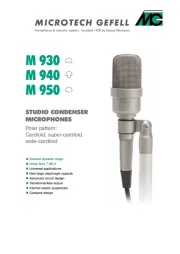
5 August 2025
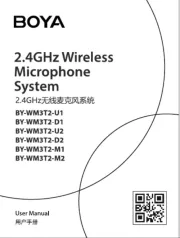
5 August 2025
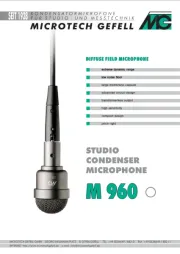
5 August 2025

5 August 2025
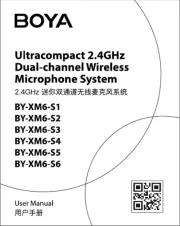
4 August 2025
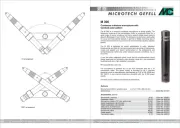
4 August 2025
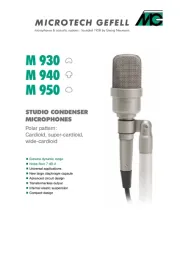
4 August 2025
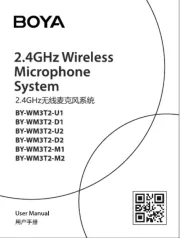
4 August 2025
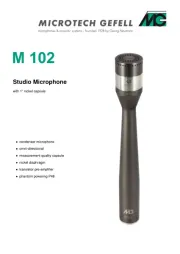
4 August 2025